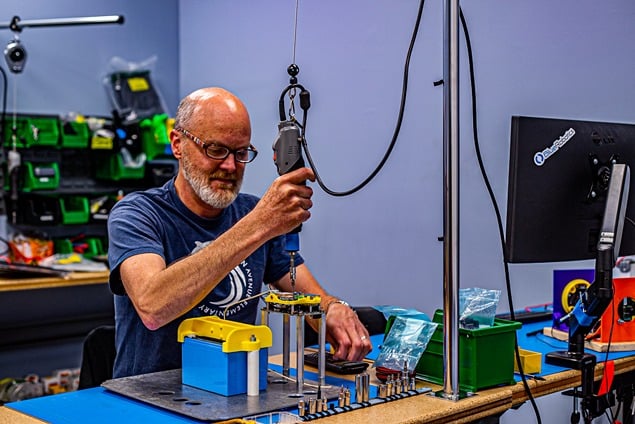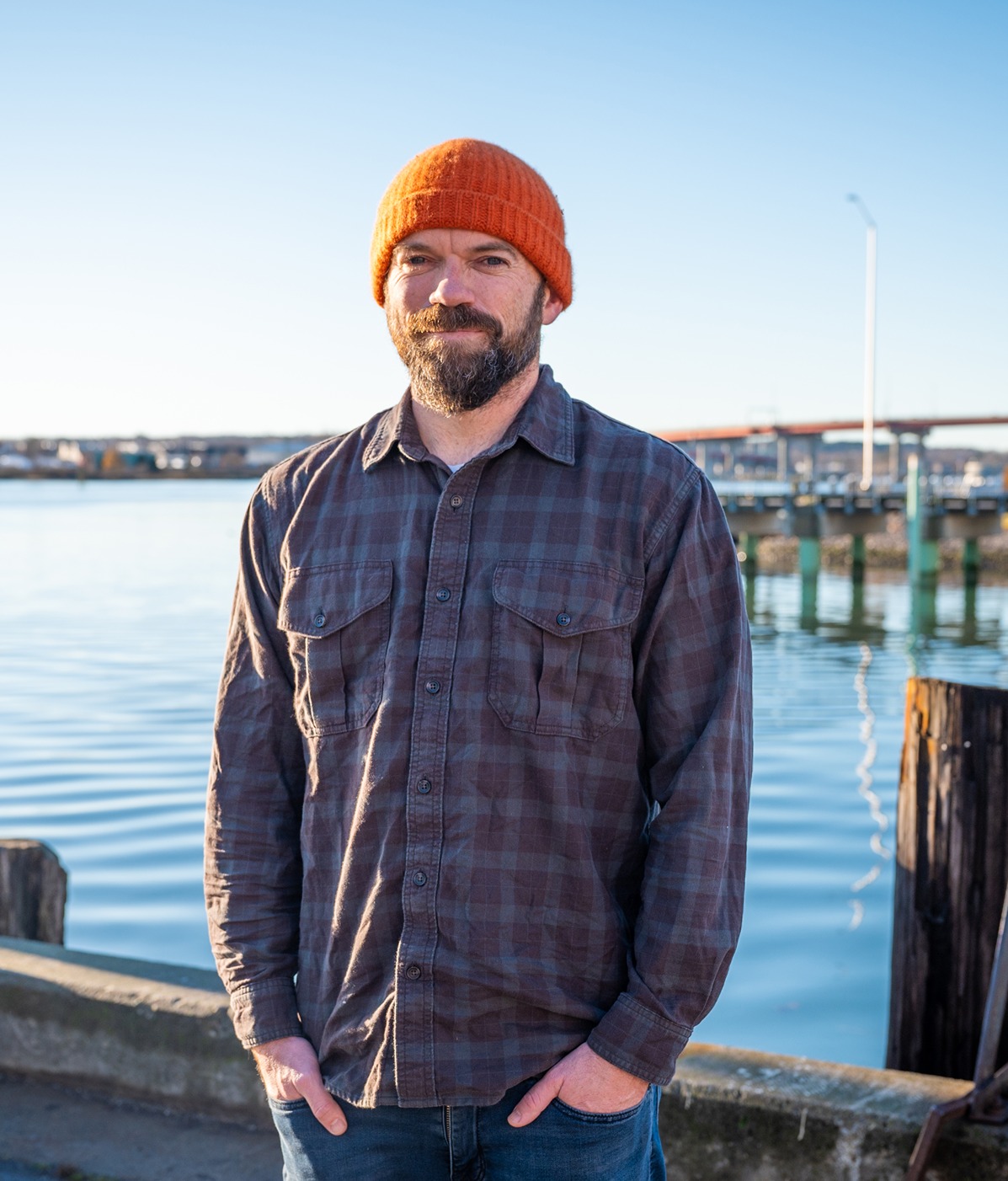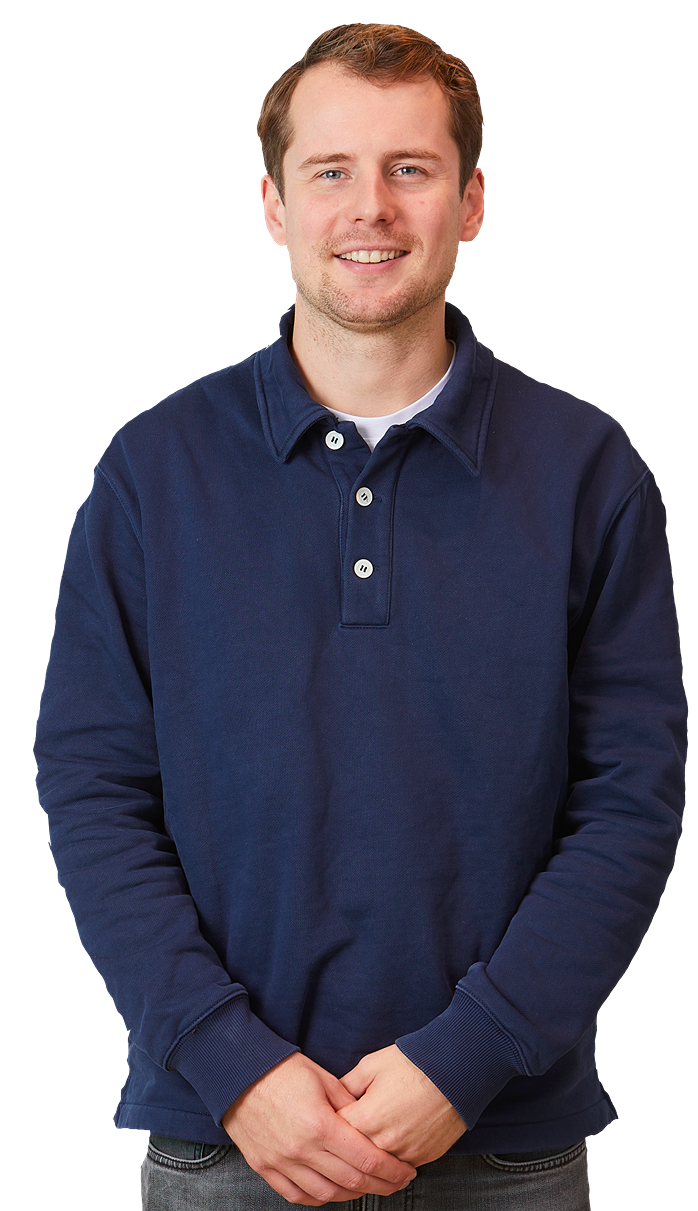Running Tide’s carbon removal system scales multiple natural pathways, including terrestrial and marine biomass sinking and ocean alkalinity enhancement. This integrated solution safely and efficiently moves carbon from the fast carbon cycle (the atmosphere, biosphere, and upper ocean) to the slow carbon cycle at the bottom of the ocean, where it no longer threatens the planet or ocean with further warming or acidification. Deloitte has reviewed Running Tide's carbon removal work and quantification protocol in accordance with ISO Standards.
.jpg)
Why offset with Running Tide?
Ocean Health, Social, and Climate Benefits
%20(1).jpg?width=447&height=447&name=Running%20Tide%20Header%20Image%20(2)%20(1).jpg)
Ocean Health Restoration
Enhances ocean alkalinity and performs technological research to restore coastal ocean health and biodiversity.
%20(1).jpg?width=447&height=447&name=satellitesintheocean-103%20(1)%20(1).jpg)
Decarbonising Supply Chains
Creates leverage points to promote the decarbonisation of industrial supply chains and provides new high-paying jobs to communities.
.jpg?width=447&height=447&name=DSC_4007%20(1).jpg)
Carbon Sequestration
Amplifies the naturally-occurring carbon removal pathways of the ocean, Earth’s largest carbon sink.


100% of credit proceeds fund carbon removal operations
Each credit produced is traceable and auditable with detail specific to the deployment event (location, vessel or buoy substrate). The quantification is model-driven and validated by direct data collection from in-water instrumentation released alongside each deployment.
“The ocean is the center of our climate system. It is what makes life on earth possible.”
There is no path to solving the climate or biodiversity crises that does not revolve around restoring the health of our oceans. With their leading work to decarbonize oceanic supply chains, Good Zero is at the forefront of this fight. Running Tide is thrilled to partner with them to deliver high-quality carbon removals and to accelerate carbon-negative supply chains.
Marty Odlin
Founder & CEO, Running Tide

You have questions, we got answers.
How can carbon removal restore balance to the carbon cycle?
To rebalance the carbon cycle, repair the damage from the burning of fossil fuels, and restore the health of our ocean and planet, we must move excess fast carbon back into safe, long-term storage in the slow cycle.
This movement of mass is possible through carbon removal. There is already a massive industry that moves carbon from the slow cycle to the fast (fossil fuel industry). Running Tide focuses on scaling an industry that moves mass back from the fast cycle to the slow (carbon removal) even faster.
To save the planet, carbon removal needs to rapidly become the biggest and most important industry of the 21st century. As has been demonstrated by the IPCC and the National Academy of Sciences, there are no credible scenarios to reduce ocean acidification, revitalise marine ecosystems, and keep global warming below the 1.5℃ mark that do not include carbon removal at the scale of billions of tons per year.
This movement of mass is possible through carbon removal. There is already a massive industry that moves carbon from the slow cycle to the fast (fossil fuel industry). Running Tide focuses on scaling an industry that moves mass back from the fast cycle to the slow (carbon removal) even faster.
To save the planet, carbon removal needs to rapidly become the biggest and most important industry of the 21st century. As has been demonstrated by the IPCC and the National Academy of Sciences, there are no credible scenarios to reduce ocean acidification, revitalise marine ecosystems, and keep global warming below the 1.5℃ mark that do not include carbon removal at the scale of billions of tons per year.
Who founded Running Tide?
Running Tide was founded by Marty Odlin, a fourth generation commercial fisherman and Dartmouth trained systems engineer. Marty founded Running Tide after witnessing the devastating impacts of a changing climate on his community firsthand.
Is Running Tide's work based on scientific research?
The climate crisis has produced complex, extraordinary circumstances that require complex, extraordinary solutions — that can be deployed at scale. Running Tide is working in close collaboration with the scientific community to move the global paradigm of science-for-research to science-for-action to deliver those solutions.
Every aspect of their operations is grounded in the best available science and first principles engineering. They share their research and data with partners in the scientific community and have an independent external Scientific Advisory Board, who review their systems and modeling, Environmental Impact Assessments, and quantification methodology to ensure that their interventions are making tangible, positive impacts on ocean health.
Every aspect of their operations is grounded in the best available science and first principles engineering. They share their research and data with partners in the scientific community and have an independent external Scientific Advisory Board, who review their systems and modeling, Environmental Impact Assessments, and quantification methodology to ensure that their interventions are making tangible, positive impacts on ocean health.

More questions?
Please contact me!
Please contact me!
Ask Boudewijn Pars
Sourcing manager




